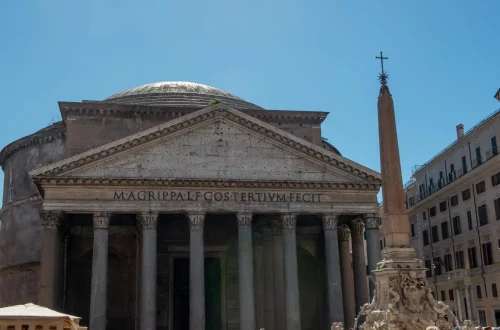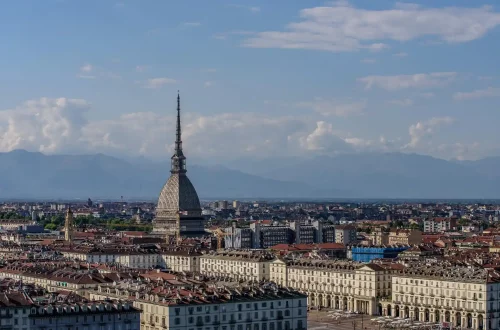Navigating the intricate world of immigration and permanent residency permits can be challenging. This guide provides a comprehensive overview of the key differences between various permits, the application processes, requirements, and benefits of permanent residence, with a focus on Italy’s system but applicable insights for other countries.
Differences between visa, Permesso di Soggiorno, and Carta di Soggiorno
A visa is issued by an Italian consulate abroad and allows legal entry into Italy. It serves as the initial step for anyone planning to stay in Italy for an extended period. Once in Italy, residents must obtain a Permesso di Soggiorno, which allows them to live legally in the country. This permanent residency permit must be regularly renewed and is initially linked to the type of visa issued. However, under certain conditions, it can be converted, such as from a study permit to a work permit. For those who have legally resided in Italy for at least five years or are married to an Italian citizen, a Carta di Soggiorno is available. This is often referred to as a “permanent” residency card and offers more stability than the Permesso di Soggiorno, as it does not require regular renewals.
Application process for permanent residency permits: the differences
- Permesso di Soggiorno: To apply, one must obtain a kit at the post office, fill out the necessary paperwork, and submit it. Upon submission, the applicant receives a receipt and a date for an appointment at the Questura (police headquarters).
- Carta di Soggiorno: The application process is more straightforward as it bypasses the post office. Applicants must go directly to the Questura to submit their paperwork and biometrics.
Requirements for Carta di Soggiorno
The requirements for the Carta di Soggiorno may vary according to how one will apply for it. Here are the requirements for each route:
Through residency:
- Legal residency in Italy for at least five years.
- Registration as a resident at the local Anagrafe (registry office).
- A valid housing contract.
- Stable income and evidence of paid Italian taxes for at least one year.
Through marriage:
- Marriage to an Italian or EU citizen resident in Italy.
- Proof of residency and cohabitation with the spouse.
Necessary documents
Residency-based:
- Copies of passport, codice fiscale (tax code), carta d’identità, current permesso di soggiorno.
- Latest tax return, invoices/pay stubs (for freelancers).
- Background check certificate, certificate of residency, proof of A2 level Italian, four color photographs.
- Payments: €30 for the kit, €130.46 for the permesso, €16 for the revenue stamp.
Marriage-Based:
- Copies of passports for both spouses, marriage certificate, proof of residency.
- Proof of suitable housing (if applying for a 5-year permesso), proof of sufficient funds.
- Four color photographs.
- Payments: €30 for the kit (if necessary), €30.46 for a 5-year permesso, €80.46 for a 2-year permesso, €16 revenue stamp.
General requirements for obtaining a permanent residency permit
Permanent residency permits requirements can vary from country to country, but generally, they include:
- Necessary documentation: This typically includes valid identification, proof of residence, employment, and financial stability.
- Common criteria: Legal residency for a specified period, registration with local authorities, and sometimes language proficiency.
- Processing duration: The time frame can vary significantly, with some countries processing applications within months, while others may take years.
Benefits of permanent residency permit
Securing a permanent residency permit comes with a host of benefits:
- Rights: Access to the local job market and universities.
- Stability: Unlike temporary permits, permanent residency offers long-term stability, reducing the need for frequent renewals.
- Pathway to citizenship: Many countries offer a pathway to citizenship for permanent residents, providing full rights and privileges of a citizen, including the right to vote.
Challenges faced in the consular process
- Bureaucracy: The application process can be complex and time-consuming, with various forms and documents required.
- Delays: Consulates and immigration offices often face backlogs, leading to significant delays.
- Costs: Application fees, legal costs, and other expenses can add up, making the process costly.
Viable Alternatives to Simplify the Process
Navigating the path to permanent residency permits can be complex, but there are viable alternatives to simplify the process. One effective approach is engaging professional assistance, which might ease the burden.
Moreover, it’s worth considering the option of obtaining Italian citizenship. If you have lived in Italy for 10 years with a residency permit or are married to an Italian citizen, you may be eligible for citizenship. This status comes with significant benefits, such as free entry to any EU country, lower tuition fees for universities, and access to Italy’s public health system.
If you choose to pursue Italian citizenship, scheduling an appointment with experts from io.citizen can help you decide which is the best path to pursue. We offer a free initial consultation to help assess your options based on your individual profile and needs. Contact us today and make your journey to citizenship smoother and more efficient.
Take advantage of specialized assistance to secure your passport for a borderless future.






